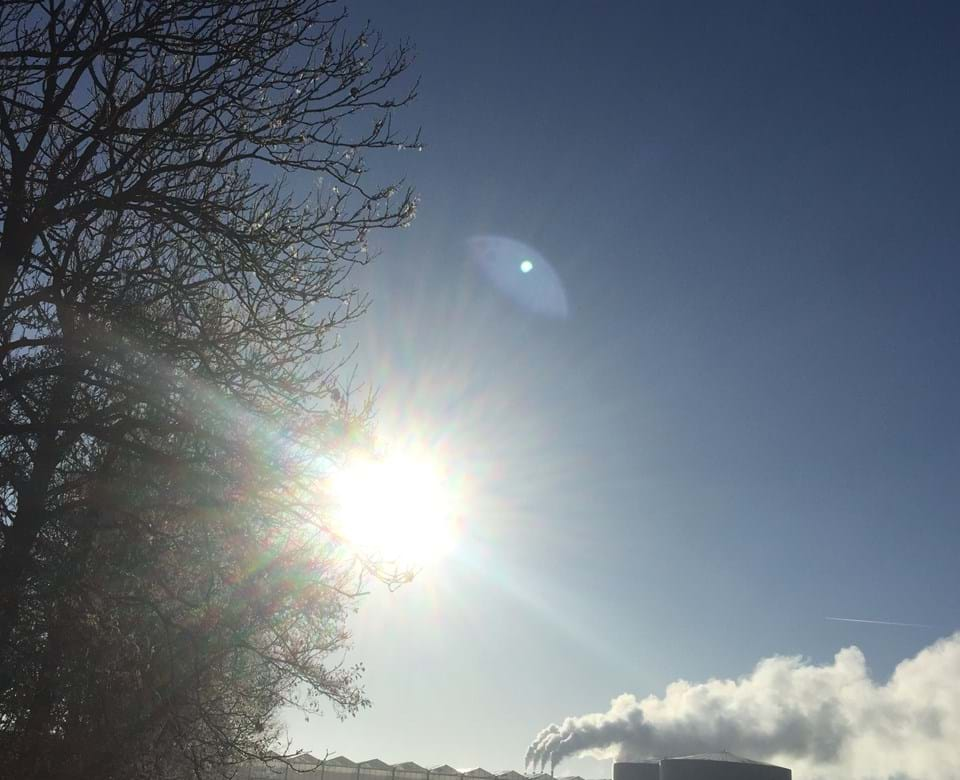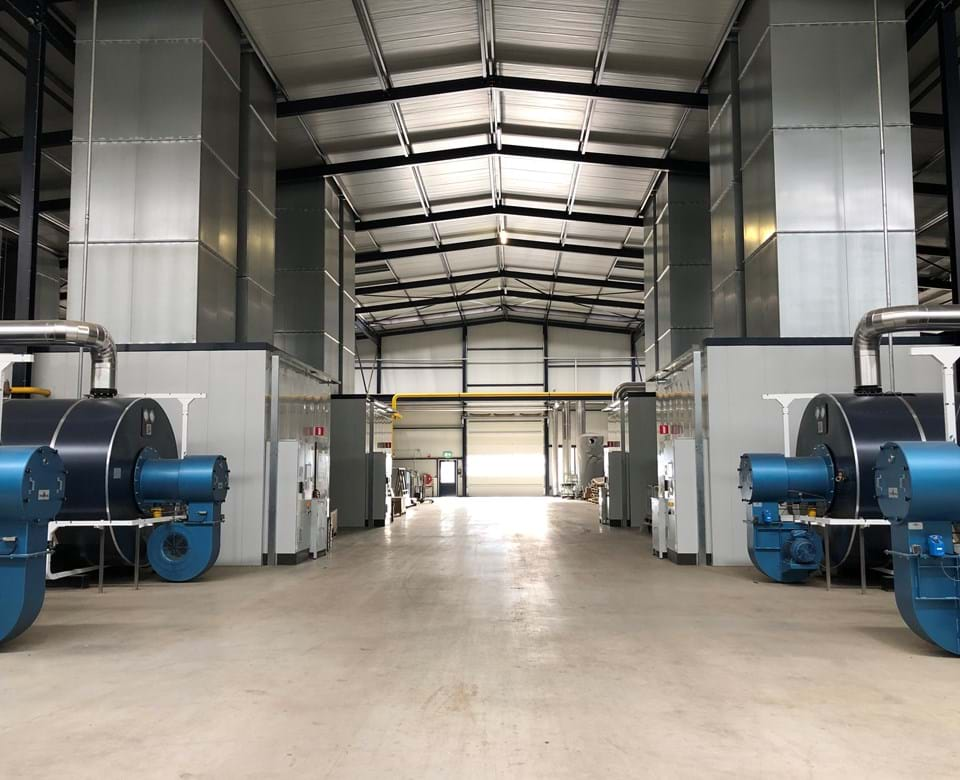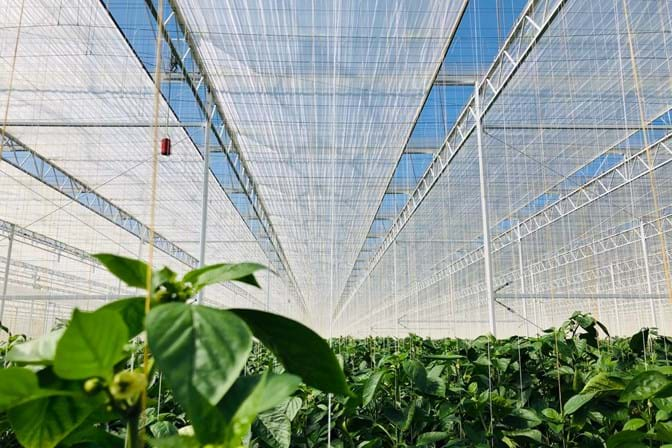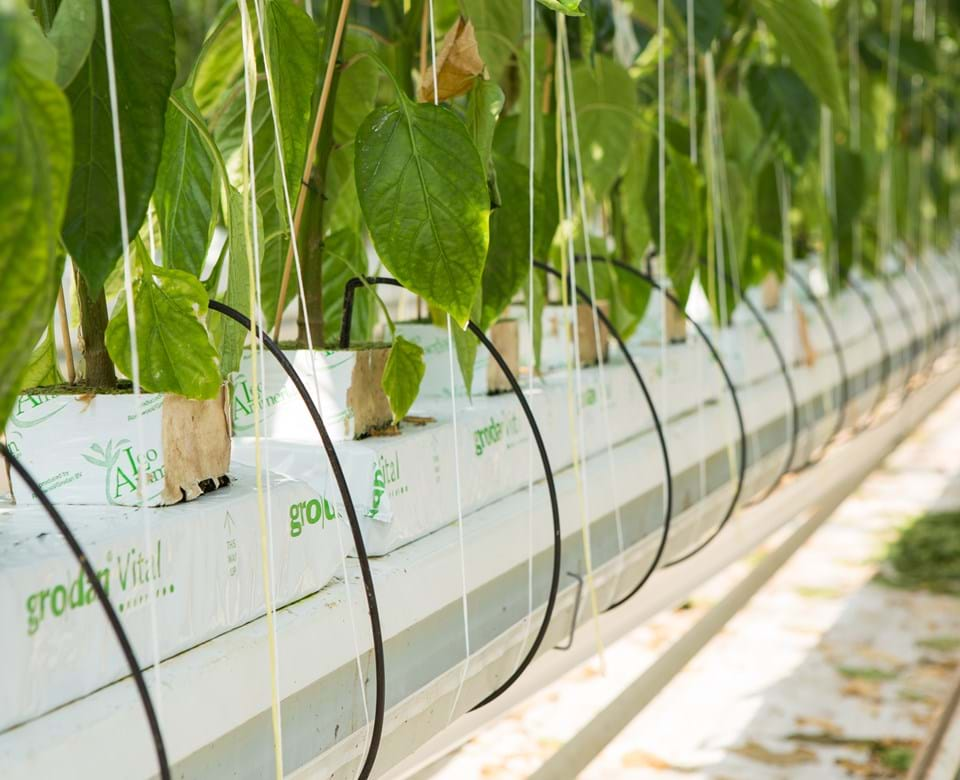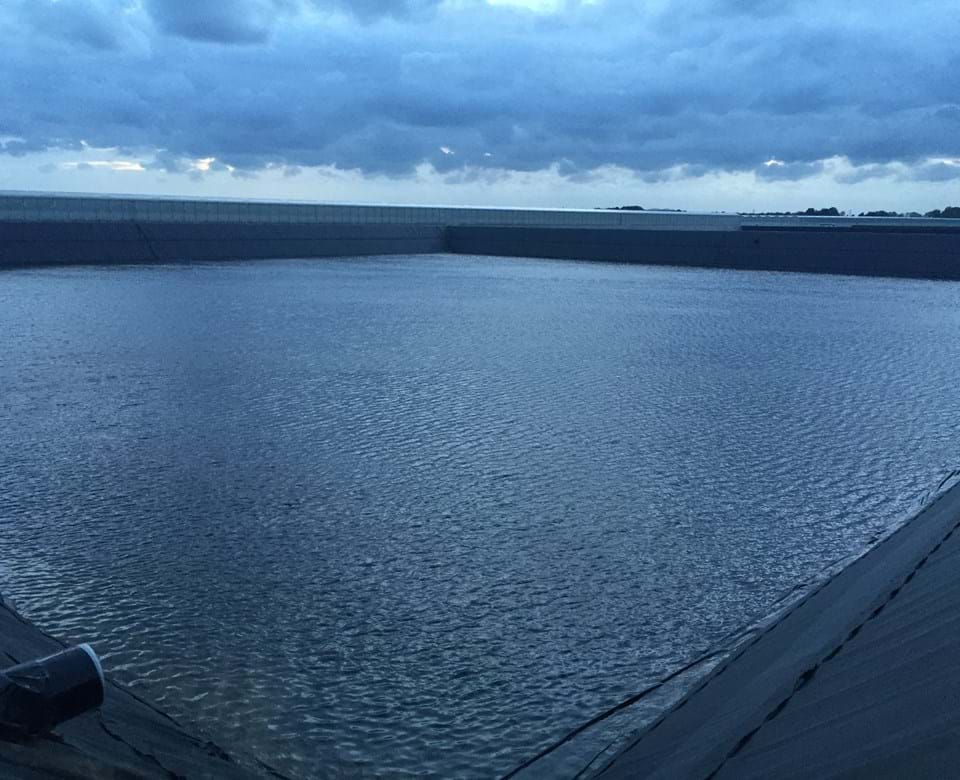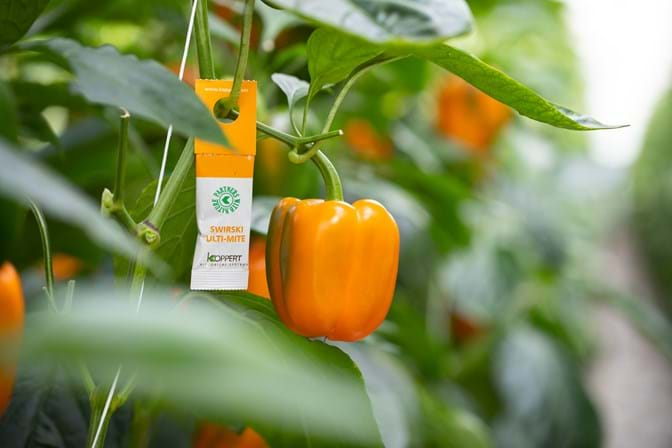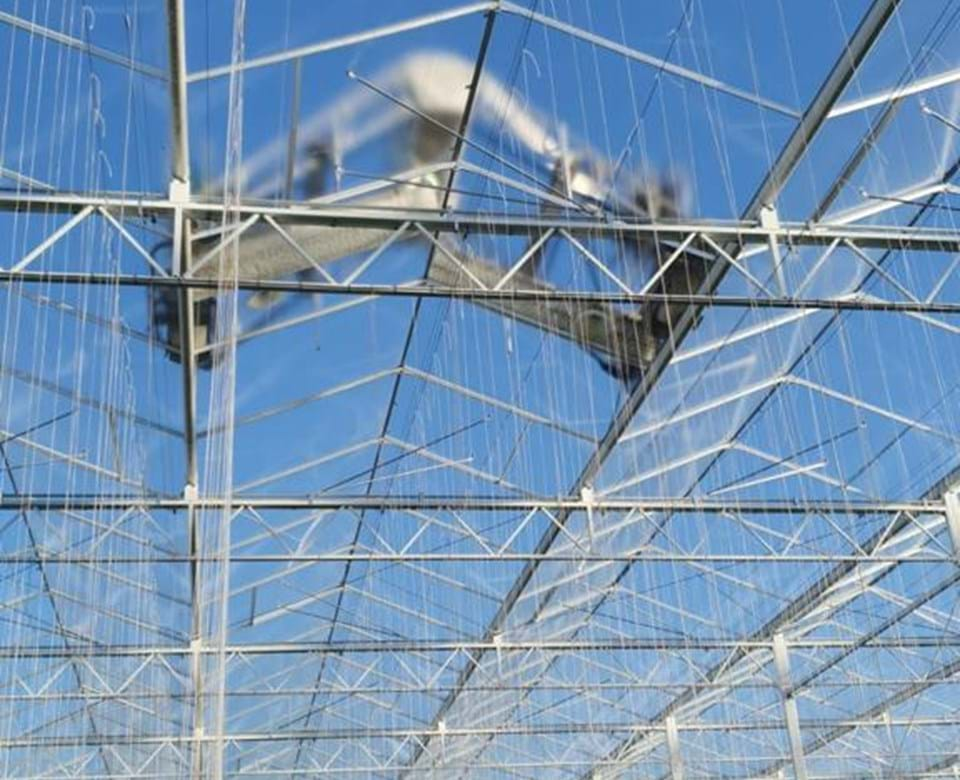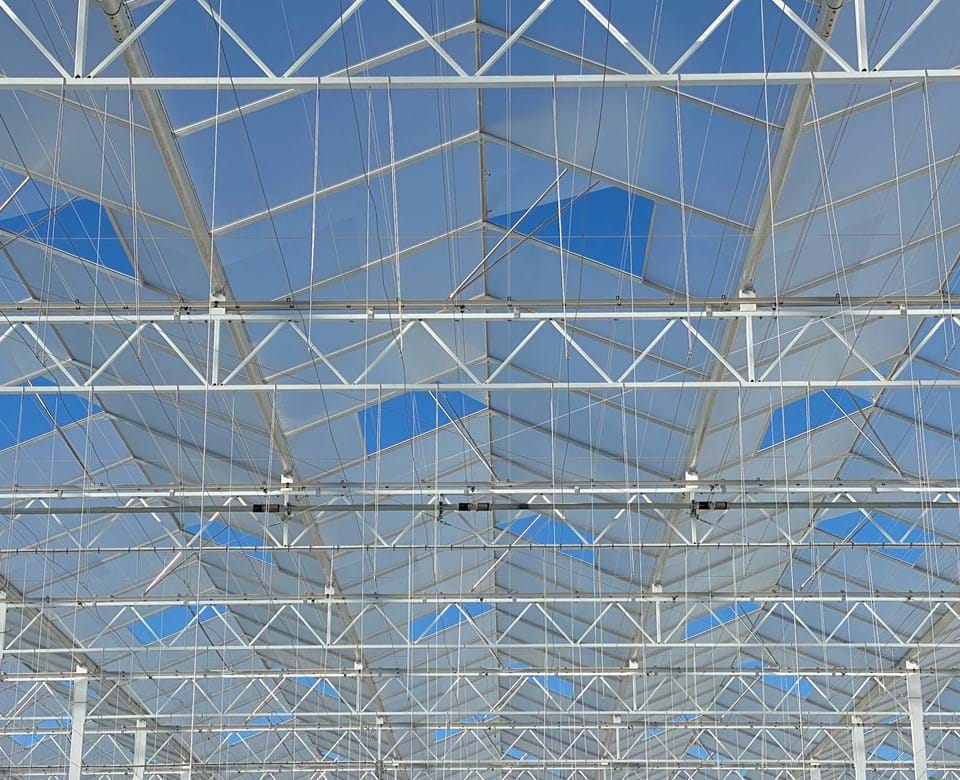Energy
We use geothermal energy and biomass to heat our greenhouses. We also use sustainable production models such as CHP and heat pumps. Cogeneration plants burn gas to generate electricity. ‘Waste products’ such as CO2 and heat are released and these are used in the greenhouse to encourage the growth of the pepper plants. The electricity that is generated is primarily used by the company. Any excess electricity not needed by Hoogweg is returned to the grid. This means that other gas and coals stations need to generate less power, therefore reducing CO2 levels and heat emission.
The heat pumps are installed behind the cogeneration plants and draw the heat that would otherwise be lost through the chimney. This is how we lower the temperature of the gases to 15-20 degrees and we use the heat in our greenhouses.

